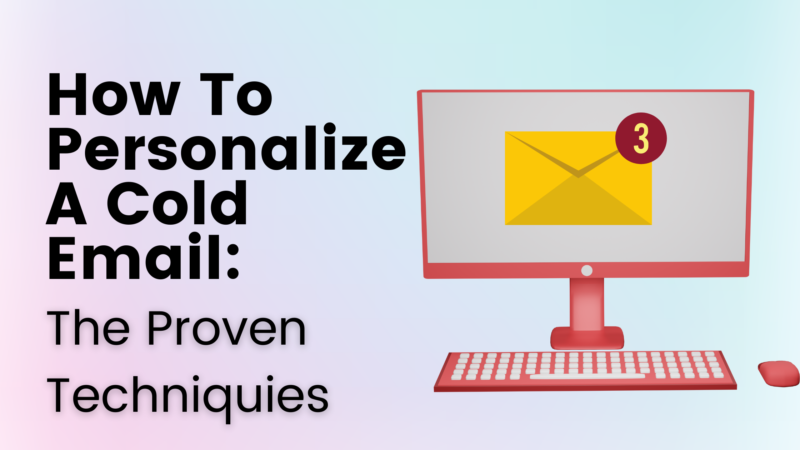INTRODUCTION
There’s no denying that there’s a lot of competition out there. With so many people online there are a lot of people looking to buy whatever it is you’re selling. The real question is, how do you get to the top of the funnel? There’s no shortcut to it other than hard work and persistence, but one thing you’ll need to do is learn how to write personalized sales emails that convert.
We all know that personalizing your email is one of the most important skills you’ll need in your career. There are a handful of companies and agencies that use cold emails to sell their products. However, if you want to sell online and have a scalable process, you must learn how to do so. This blog will cover how to learn how.
Why does personalization matter?
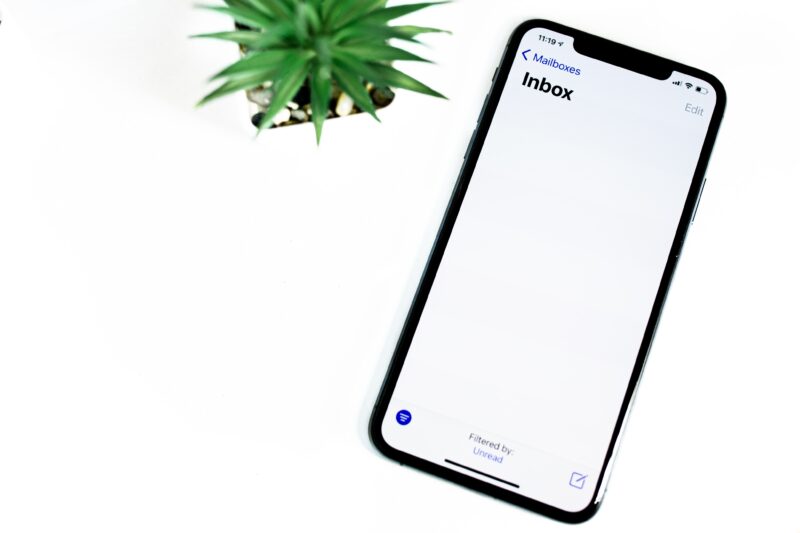
One of the most effective ways to attract more customers, increase traffic and sales is through personalization. Emailing your consumers allows you to reach out and connect with them in order to help make a unique impression. You can send them an email about new promotions, offers, discounts and information about products geared towards their wants and needs. The more personal an email is, the more likely someone is to open it. But, people have gotten really good at sniffing out the cold emails from the “real” ones. To create your email, make sure it is personal. For example, if you are a plumber, you could invite the person to a dinner at the end of their week. This will make them feel more personal and likely to open your email.
In order to make your cold email stand out, you need to make it personal. Personalization means a lot of things. It can mean personalizing your email subject line, personalizing your email content, and personalizing your email design. Engage with recipients by injecting personal details into the email. This can be anything from the type of work you do to your favorite pizza toppings. When sending out a newsletter or an email campaign, you can personalize your subject line by including your name and detailing what it is that you’re trying to promote. This can be a question or a statement. For example, “I never knew what a trip to the grocery store was like before now” or “I never knew what it was like to check out at the cashier before now.” Personalizing your email design means adding your company name, logo and contact information.
Ways to personalize a cold email?
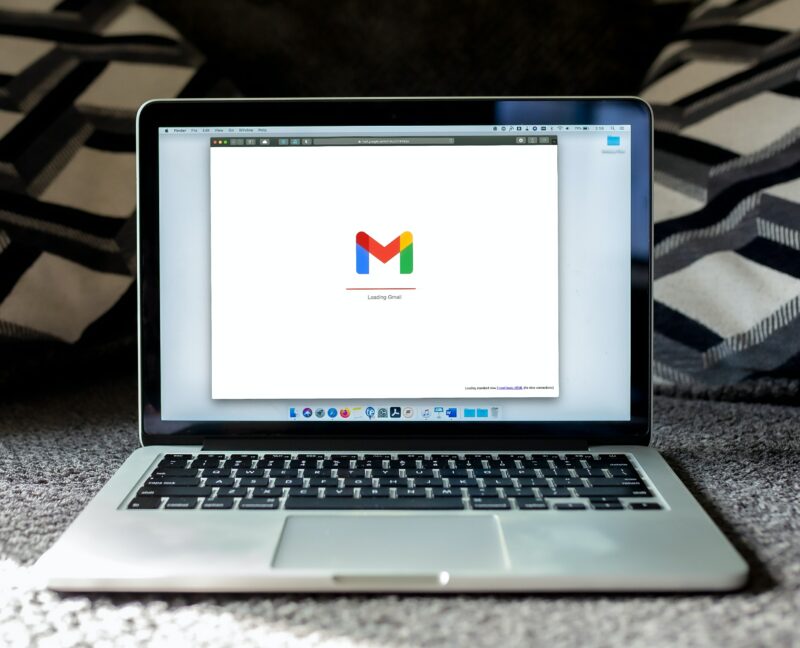
Cold email is a tool that is used to reach out to someone who could be worth your time. It is a fantastic tool that can be used in many different ways. The most important thing to remember is that the email needs to be personal. If you are able to personalize the email, you have a higher chance of getting a response. Personalizing your cold email means maximizing the information that you have. This can be done through multiple methods. The most efficient way is to make use of a person’s name. If you are able to personalize the email, it will help the recipient feel like they are getting the email directly from you.
When personalizing a cold email, you want to make sure that your message is personalized to the recipient. This will help increase your likelihood of having a successful cold email. You should not be afraid to personify your message, though. It is a good idea to make your cold email feel like a personal letter. Here are five ways to personalize your cold email:
Option 1 – Use a relevant and specific subject line that reflects on the unique content of your email.
The subject line is the eye of the needle that will catch your prospect’s attention and make them open your email. If you want to be successful with cold emails, you need to have a subject line that reflects on the unique content of your email. All of your subject lines should be relevant to the email. When you are considering your subject lines, think about what you want to say and what your email is about. For example, if your email is about negotiation, you should have a subject line that goes along with it. If your email is about getting your customers to take action, you should have a subject line that talks about taking action.
Option 2 – It’s best to personalize your messages but ensure it is adaptable enough for multiple recipients in case one of them is out of office at the moment.
In order to make a personal connection, you’ll want to personalize your email. We know what kind of a businessperson you are. You’re all about providing your customers with the best products, services and treatment they’ve ever had. You can also reposition your company’s reputation as a team or person who is only burning money without gaining any sort of progress when it comes to goals. Before taking any sort of action in regards to an advancement like opening a new location and hiring new workers, you want to make sure the company is fully prepared by taking proper precautions. Whether you want to keep your introductions snappy or pick and choose the two that best fit a prospect’s interests, this guide will help you figure out exactly how to get those results.
If you wish prospects to pay attention, make sure that the first few lines of your email are critically engaging. They will decide whether they want to read more of your email or not. In order to do this, you can either use a personalized intro or icebreaker to start your email, or you can use the first line to capture their attention. The personalized intro or icebreaker is a way to get their attention and show that you’ve done your research. Another great thing companies can do is advertise at festivals and other events. That’s because it gives you a chance to talk about something that’s relevant to their business, their industry, or their personal life. The first line is used to get their attention, so it is better to use it to talk about something relevant to their interests.
One way to write a personalized intro would be to make sure you tie in what else the recipient might have seen or read just before your email. Open with something personal to get the other person interested, reveal that you’ve done your research and that you understand their problem and know how to help them. You’ve done your research, so you know the person or company you’re sending this to. As an successful entrepreneur, you have the ability to make a difference in other people’s lives. Your questions matter and should be tailored to each individual customer for a better experience and greater effect. For example, you could ask, “What’s one goal you’re working on to help you accomplish your goals faster?” You can also use a quick icebreaker to start the email. For example: “What’s your favorite thing about your current job?” or “What’s the one thing you’ve done in the last 24 hours that made you smile?”
Option 3 – Reach out to a specific person, who is a decision maker of your prospect.
In the body of your email mention some names of people who have worked with the company you’re reaching out to or articles they’ve written and why those mentions may be relevant to how you could help them (let them know in some way how you relate).
This option is obviously not for everyone, but it can help to humanize your cold email by talking about something specific to the company or person you’re reaching out to. For example, if you are reaching out to a potential client and you’re trying to get them to share their story with you, you might say something like, “We’ve heard your story and it sounds similar to the story of lots of our other clients who benefited from our marketing services.” Or if you’re reaching out to a potential client who is a healthcare company, you might talk about how your company has helped other healthcare companies grow their business. You may also want to talk about the article they’ve written, or the content that they’ve shared on social media.
Option 4 – If you’re writing to a prospective client or customer, use personal language that describes the situation they’re in and where they need your product. If that’s impossible, explore using a soft & simple
People who read your cold email won’t believe you’re a great fit unless you back up your pitch with some story elements before proposing an actual solution. In this case, it’s probably best to start off the email by introducing one of their existing customers (like FarmVille) and/or tell a story of how you both met. If you’re sending a cold email to someone who has a small business, it could be a good CTA to close with a “Worth an email exchange?” It’s always better to make your CTA specific to your prospect and their company or industry. If that isn’t possible, you can still close with a soft and simple CTA, followed by “In case you missed it…”
Option 5– Have a conclusion that allows prospects to feel as though they’ve learned something new and/or valuable.
Remember that they’re more likely to read it first since it draws attention when opening an email (it’s science).
The final step to personalizing your cold email is to edit the body of the email, adding a personal touch. This section will be personalized with your own contact info or a quick “welcome to the team” message. The body of the email is the time to show yourself as a real person and connect with your prospect to make a personal connection! How? Well, this part’s easy. Connect something you do with them. Connect something they might need with what you can provide. Hopefully, they’ll remember you when they open the email next time!
Ways to personalize the subject line for your cold emails
Everyone knows that subject lines can make or break your campaign. But hey, no pressure, right? If you’re personalizing your emails and want to make sure your subject line is personal and unique, it’s easy to get 85%+ open rates with just a few simple steps.
When you personalize your emails, you can have the opportunity to make a personal connection with your recipients. When you get a response, you can use the subject line to tie in with your personal connection. A personalized subject line can be a conversation starter and offer a unique experience to your recipients. Whether you are building your email list, reaching out to influencers or just trying to get your sales team to open emails, it’s important to personalize your subject line. In order to make sure that your recipients feel like they are getting a personal one-on-one interaction with you when they receive your email campaigns, ensure that each message is sent out by taking the time to customize it, again and again, with personalized mail merge. Unfortunately, it is not always easy to come up with a personalized email subject line, especially if you do not know the recipient. To help you, here are some tips that you can use to personalize your email subject line.
Techniques of writing a personalized icebreaker for your cold emails

When it comes to cold emails, many companies have a hard time coming up with a personalized icebreaker. Some even go as far as to send a generic email to their prospect. It’s important that you do some research about your prospect before you send your first cold email, or else you’ll end up getting ignored. One of the best sources to use is LinkedIn. LinkedIn is a great source for finding out what companies your prospect might work for and what projects they might be working on. You should also look at the LinkedIn profiles of your contacts in your prospect’s network. You should also look at the LinkedIn pages of your contacts in their network. You should also look at the case studies of your contacts in their network. Finally, you should look at the articles, publications or books written by your prospect.
The science of a personalized intro
When you’re emailing someone you don’t know, you might want to personalize your email with a few things. There are a few things that you can do to personalize your email that are pretty easy and won’t take a lot of time. One of these is to include a bit of science in your email. If you want to personalize your email with a little science, you might want to use the science of human behavior. We started with the above cold email outreach process and could group similar intros together to come up with a “standardized” way of generating these intros. This made our operations much more organized, streamlined and efficient which led to creating an even better product that was able to produce these intros at scale.
If you’ve been working on your cold email for a while, chances are you’ve been working on it for the past three hours and you just want to know how to wrap it up. Don’t worry, we’re here to help. One of the things you should do is research your prospect on the internet to see if they have a website with an about section. If there is, you can usually find some great info about the person himself. You know what your common sense tells you to do when there’s nothing left to work with? You simply go back and inspect the case studies page you saw before as it has several examples of how effective their solutions can be. If there’s nothing there, move on to their LinkedIn profile. If nothing there, you can try sending them a message on their public account.
In order to get more people interested in your company, you need to start personalizing your email. This means creating targeted messages that are going to resonate with the individual. When crafting a personalized message, you have to take your own background and experiences into account. For example, if you are a former farmer, you might start your email off with a line like, “Hey Landon, former farmer here. I love your approach to business. As a fellow farmer by trade, I can attest that the mindset you’ve brought with you will help you achieve greater heights in the future. Keep up the good work!” This sets a friendly tone, and switches the focus for the person on your message.
As a user, when I’m looking at a variety of different businesses to do research on, if they don’t have an “About Us” section or enough information on the homepage, I move on to their blog rather than getting frustrated with the lack of content.
Ways of constructing a personalized cold email
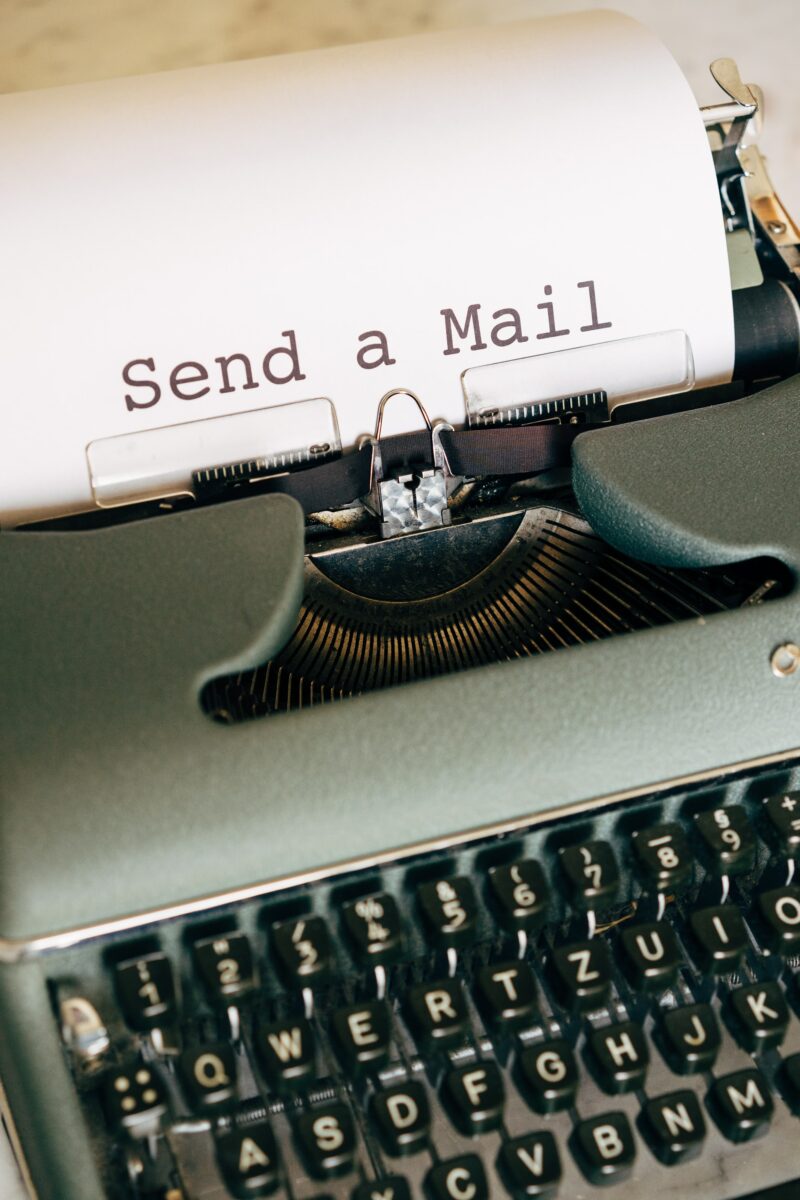
It’s not that easy to believe that there is a top of the funnel, but there is. If you want to sell to the top of the funnel, you have to know how to personalize your message. Many people think that it’s important to save time and skip the personalization, but they are wrong. This could lead to a lack of connection with your buyer. So, how do you personalize your email? It’s as simple as telling them a little bit about yourself and what you are selling. It’s also important to not ignore the fact that people want to know more about you. For example, if you are a personal trainer, you can mention how much time you spend per day training. They want to know the amount of hours you are giving them. They also want to know what type of people you are training. They want to know if you have experience with group training sessions and if you have any certifications.
Dissecting the body part of our framework will reveal 2 + 3.
Why you’re reaching out
“Hey Landon, fellow farmer here. I love seeing how you’re applying the farmer work ethic to business. Let’s be honest – appointment setting is a challenge for most small marketing agencies. That’s why your inbox is so thinly occupied some days because your daily emails to businesses go ignored. Our team has developed AI software to help you write emails that get more responses so that instead of having three out of every hundred reaching their recipients, you’re seeing about 30 out of every hundred! It’s like having a secretary who deals with the pesky task of personalizing your cold outreach emails so you don’t have to!”
Why you’re reaching out continued
Start with the word “Hello”, then proceed to what you’re all about – in 1 paragraph only, no more. Keep it simple and straight-forward. List 3 main things that your product is capable of doing/solving and proceed to describe how they solve each problem. Picking a few good keywords might help as well!
Make sure that the next time you’re reaching out to someone via email, you have an idea of why they should be excited about your product! A great thing to do is find something awesome an influential person in that industry has said about your rival, and quote them.
Proof of results
Explain why your product is the way it is, give a better explanation of what it does and how it compares to competitors. For example: “Use AI algorithms to extract useful intelligence from huge amounts of data for my customers without all the tedious work!”
These examples are all a little more informal. Maybe it’s because they use some slang, or because they put statistics in the wrong form (I mean, why would you say “double” something when it changes units).
Some of the companies we’ve worked with in the past have done as well as double their cold email open rates within 30 days, while also growing their customer base and sales by 30% in an equal time span. In addition to our clients being able to triple their revenue on an annual basis, they’re building strong brand awareness using our proven conversion strategies.
When writing a cold email, there are some important rules to keep in mind. Make sure your subject line is attention grabbing, make it clear it’s either a sales or an introduction email. Try to make yourself as immediate an authority and personalize the message so that the receiver knows you’ve put some thought into the text. Always remember when you’re writing an initial email to play things safe by phrasing requests for advice non-demandingly and get people interested in you on both a business level and human level.
How to construct relevant cold emails at scale
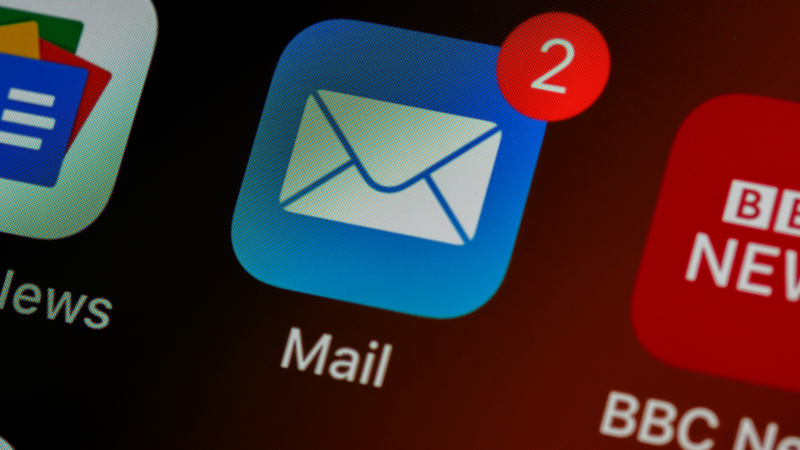
The modern, data-driven salesperson has a lot to juggle. They’re juggling leads, conversations, reports, data, and more. At the same time, they’re trying to close more deals, so it’s hard to get all the data that you need to personalize your emails to your particular audience. However, there are a few proven techniques that you can use to personalize your emails at scale. One of the most important things that you can do to personalize your emails is to make sure that you’ve selected your target audience correctly. Make sure that you’ve done your research and that you know who you’re going to be emailing. By understanding who your audience is you can tailor your email to what that audience is looking for. This can help you make your emails relevant and help the reader to better understand your offer.
If you’re going to send cold emails, it helps to personalize them. It’s especially important if you plan on using merge tags like {{job_title}} in your emails. These personalized emails are much more likely to be opened and read by a hiring manager. To write a personalized email, you need to know what the hiring manager does and does not care about. That’s where job descriptions come in. To write the email, you need to look at the job description and what you know about the hiring manager. You should also know what the hiring manager values. For example, if the hiring manager values a personal touch, they may want to hear from a friend or a colleague. If they value personality, they may want to hear from someone who shares their interests. To be successful with cold emails, you need to know what the hiring manager values and what their job description looks like.
Segment by seniority
When emailing someone, it’s important to personalize your message based on your prospect’s job title. If you can’t identify the person’s job title, you can segment by seniority. Segmentation is the process of dividing your email list into segments or categories in order to send targeted emails to different groups of people. To ensure your list is well-organized and up-to-date, implementing the effective email list management process is essential. It is important to segment your email list by job title so that you can send the right message to the right person at the right time. Segmentation is a common way to personalize your email. You can segment your email list by seniority. If you’re unsure whether your email list is segmented or not, you can segment it by job title.
If you’ve done your research, then the “hook” you are using will be personalized to that specific person because you’re talking about a project they are either currently working on or have recently worked on. Because of this, there is a high chance that the user will recognize your email as relevant immediately – meaning we may not need any kind of call-to-action here if we can avoid it. And just in case, remember to make sure urgency is effectively conveyed and that the recipient knows why this is something he or she needs to deal with quickly!
Segment by geography + seniority + head count
Segmenting your leads by geography, seniority, and head count can help you personalize your emails. A good starting point is to segment by geography. You can segment by country, city, and even postal code. For example, if you’re sending an email to a salesperson in Dallas, you might want to send them a link to an article about a sales strategy that works well in Texas. If you’re sending an email to a salesperson in Toronto, you might send them an article about how to be more successful in Canada. The key is to personalize your emails by segmenting and by understanding the particular needs of your audience. When someone takes the time to read your email, you want them to feel like they’re getting a personalized experience.
Segment by years in position
In order to personalize your emails, you need data. Whether you’re just starting out or you’ve been in the industry for years, you need to be able to look at data-driven information about how your email is performing. It’s not easy to find all the data that you need about your email campaign, so you’ll need to segment your data to find what you need. In order to segment your data, you’ll need to know when people start and stop responding to your emails. You’ll need to know what they did in the past, as well as what they’re doing now. This is where years in position can help you. You’ll need to create a segment for people who have been in your position for one year, two years, five years and ten years. This will give you data about what your audience’s behavior has been like over time, and it will help you personalize your email.
Segment by school
Using the school information that your prospect has provided, you can start to personalize your emails. You can also use this information to segment your list and send different emails to different groups. The school email list segmentation is a way to personalize your emails. For example, if your company is marketing to schools in a particular area, you can send a different email to each school. When someone joins the school email list, they will be notified of the email that corresponds with their school.
How to construct a good cold email CTA
When it comes to writing a Cold email, first and foremost you need to have a good subject line. If you have a good subject line, you’re already a step ahead of the game. You need to write a compelling subject line, but the subject line is only part of the equation. You also need to have a good, personalized email. A good personalized email will have a compelling first sentence, a good hook, and a proper introduction. It’s also important to personalize your email. You can do that by adding segments to your email, or by talking to people on social media to get their opinions. You’re going to have to write a lot of emails and if you’re going to be spending time on emails, you might as well make them count.
Something almost all sales reps do is ask a lead if they have any additional questions about the product, so always make sure you’re keeping your ears open for when this happens and getting to asking for an appointment as soon as possible. Asking if anything that’s been covered is relevant enough to them to want their business is important not only for making sure that your leads aren’t just telling you what you want to hear.
How to use the PS section for killer cold email personalization
One of the most effective ways to personalize your email is to use the PS section. This is because the PS section is personalized to the recipient’s email address. If you’re new to cold emailing, it might be challenging to figure out which strategy to use for your next email. One strategy that is often used is to use the first sentence of the email as a hook. This will give you the opportunity to personalize the rest of the email. For example, say you’re cold emailing a new lead from a company’s website. The first sentence of your email might say, “Hi {FirstName}! I saw you on {CompanyWebsite} today.” That sentence is a hook that you can use to personalize the rest of the email. For example, you might say “Hi {FirstName}, I saw you on {CompanyWebsite} today.
WRAPPING UP
We hope you enjoyed our blog about how to personalize your emails for your specific audience and make sure that you are connecting with your audience. We know that it is important to be able to personalize your emails to your audience so you can connect with them better. With these tips, you can start to personalize your emails and begin to see your sales increase, which will make your job a lot easier. If you would like to learn more about how to personalize your emails, visit our website at www.writecream.com . Thank you for reading, we always love getting to know our readers and hearing how our blog post has helped them!
